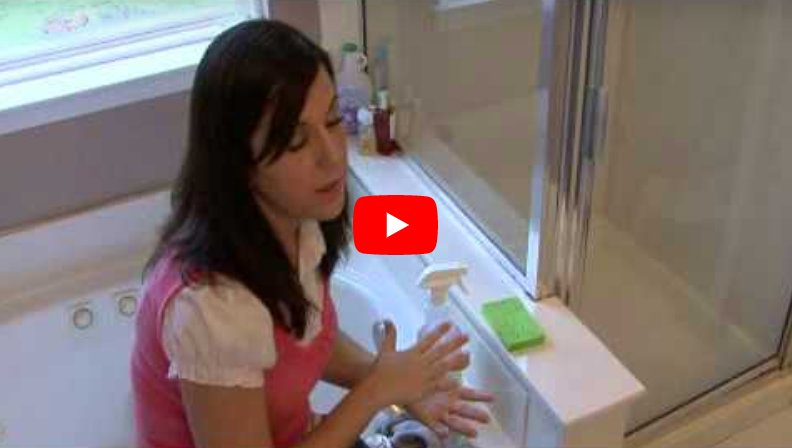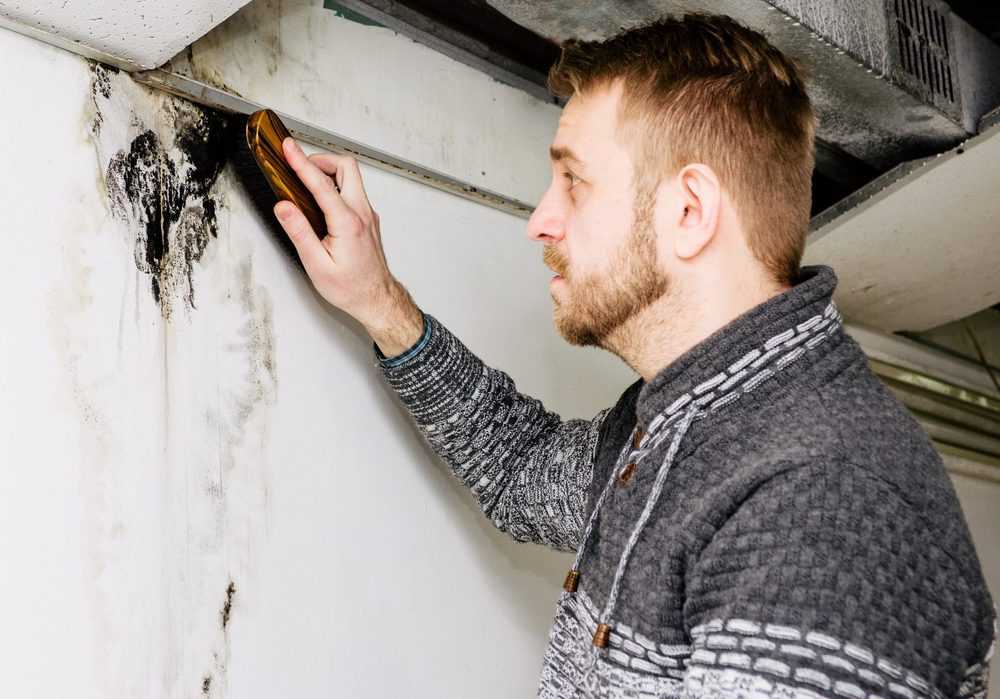

Basement mold returning after cleaning can be frustrating and disheartening. This article dives deep into the reasons why basement mold may reappear and provides a comprehensive strategy for keeping it under control. We’ll explore the root causes, discuss effective cleaning methods, and outline proactive preventative measures. We will also cover the importance of professional help, and address various frequently asked questions. This comprehensive guide will provide you with the knowledge and tools to conquer basement mold for good.
Understanding the Root Causes of Mold Recurrence
Preventing mold recurrence in basements requires understanding why it returns after initial cleaning. Mold thrives in damp, humid environments. Leaks, poor drainage, and high humidity levels are common culprits. Without addressing these underlying issues, any cleaning efforts will likely be temporary solutions. This is where the emphasis needs to be on long-term solutions rather than short-term fixes.
Moisture Issues: The Silent Culprit
Moisture intrusion is often the primary driver of mold regrowth. Inspect the basement for signs of water damage, such as cracks in the foundation, leaky pipes, or faulty gutters. These problems can lead to persistent moisture pockets, which are mold’s favorite breeding grounds. Ignoring these issues can lead to significant financial costs down the road, as mold remediation can be expensive. For example, a recent case study in the local newspaper highlighted a family whose mold remediation cost almost 10,000 USD.
Humidity Levels
High humidity levels create favorable conditions for mold growth. A dehumidifier can help keep humidity levels in check. If you live in a region that experiences high humidity, maintaining consistent moisture levels is paramount. If humidity levels remain high over time, mold will likely return and compromise the basement’s structural integrity. Studies show that mold can significantly impact a building’s structural stability and create an unhealthy living environment.
Effective Cleaning Strategies for Basement Mold
Proper cleaning methods are essential to eliminate mold and prevent its return. A simple cleaning may not suffice in case of serious mold damage.
Cleaning Techniques
First, determine the source of the mold issue; if the mold is on a surface, you might only need to wash it off with a mild detergent and water. However, if it’s embedded within the material, you may need a mold-killing solution to remove it.
Related Post : Roof Leaks Developing After Storms? How to Identify and Repair Quickly
Proper ventilation is crucial during and after cleaning to prevent further mold growth. A respirator and protective gear are vital when cleaning or dealing with mold. For a safe cleaning process, consider hiring a professional to remove any mold issues that require advanced techniques, and avoid touching moldy areas with bare hands, as it might be harmful to your health. Consider using specialized mold-killing solutions and follow the instructions carefully.
Removing Mold from Different Surfaces
Mold removal techniques vary depending on the surface. For instance, mold on porous materials like drywall or wood might require more extensive cleaning. Always prioritize your safety and follow manufacturer instructions carefully.
Proactive Prevention Measures
Implementing preventive measures is key to preventing basement mold from returning.
Addressing Moisture Issues
Identify and resolve any water leaks promptly. Repair damaged gutters and downspouts to prevent water from accumulating against the foundation. Consider installing a sump pump to remove excess water from the basement. By fixing these leaks you avoid the return of the mold and prevent any potential health risks.
Humidity Control
Use a dehumidifier to reduce moisture in the air. Ensure that the dehumidifier is placed strategically and functioning properly. By preventing excessive moisture, you maintain the health and integrity of the house.
Ventilation
Improve ventilation by installing exhaust fans or opening windows to allow fresh air to circulate. Proper air circulation can significantly reduce the risk of mold growth. Good ventilation helps prevent mold spores from lodging in damp spots in the future.
Professional Mold Inspection and Remediation
Professional services play a crucial role in preventing the return of basement mold.
Identifying Hidden Issues
A professional mold inspector can identify hidden moisture problems and areas where mold might be growing. They have the necessary tools and expertise to locate the sources of moisture issues that may be difficult to spot.
Comprehensive Remediation
Professional remediation services ensure complete removal of mold, including any hidden areas. Proper mold removal is paramount for a long-term solution. They also follow best practices and safety procedures to avoid spreading mold spores. Professional remediation can improve air quality and restore the structural integrity of the building.
Case Studies and Statistics
Several case studies illustrate the cost-effectiveness of professional mold inspection and remediation. In many situations, hiring a professional to perform a mold inspection is a cost-effective measure to ensure long-term peace of mind.
Creating a Mold-Free Basement Environment
Maintaining a dry and well-ventilated environment is essential to prevent mold recurrence.
Routine Maintenance
Regularly inspect your basement for signs of moisture, such as water stains, damp spots, or musty odors. Implement strategies that address these issues promptly. Early detection can help you avoid larger issues.
Preventative Measures
Seal cracks in the foundation and walls. Insulate your walls and floors to prevent condensation and maintain a stable temperature. Improve ventilation to prevent moisture build-up.
In conclusion, preventing basement mold return after cleaning requires a multifaceted approach. Understanding the root causes of mold growth, employing effective cleaning techniques, and implementing proactive preventative measures are crucial. By following these steps, you can create a mold-free environment and maintain a healthy and comfortable home. Take action now and schedule a professional mold inspection to address any underlying issues and create a plan for long-term prevention.